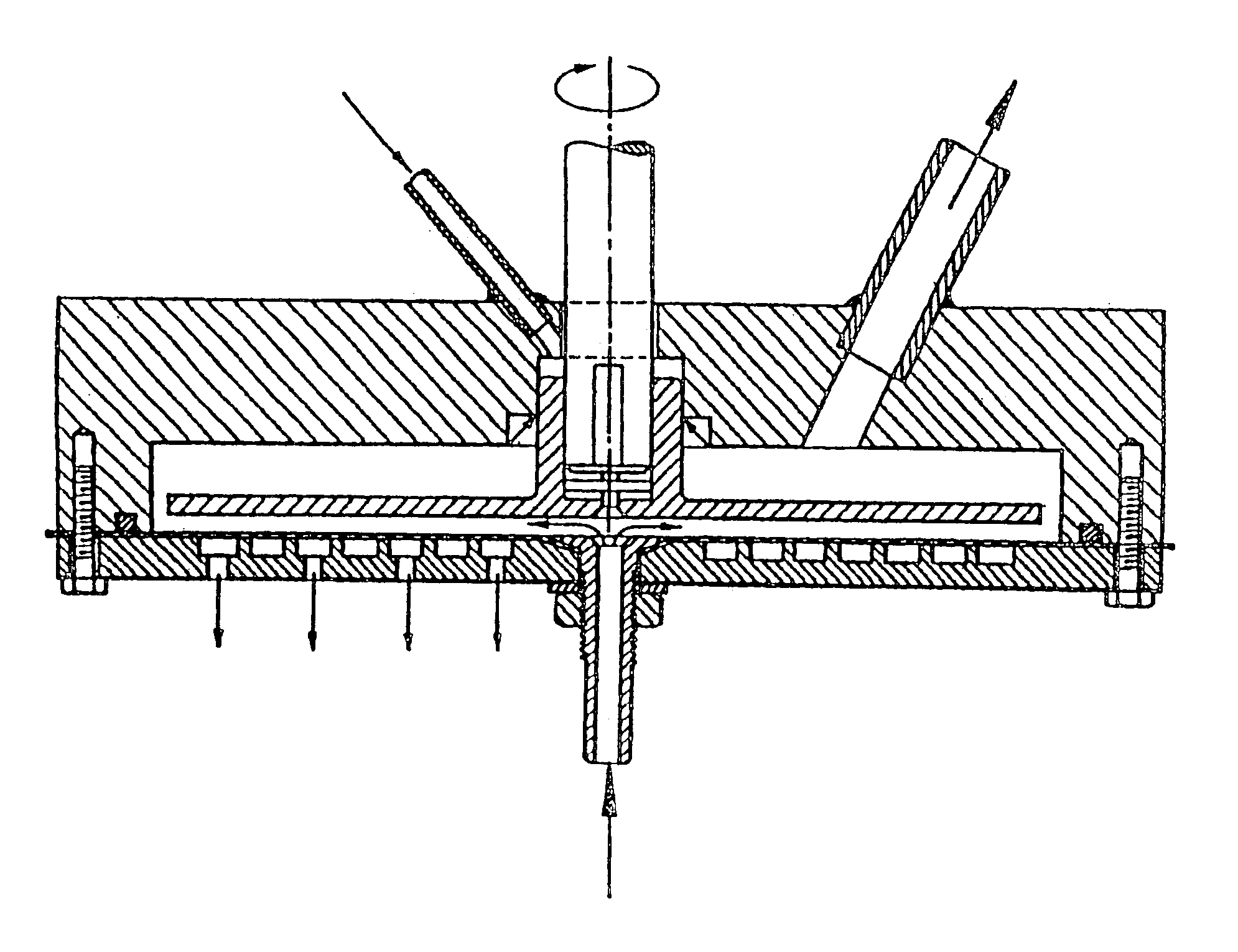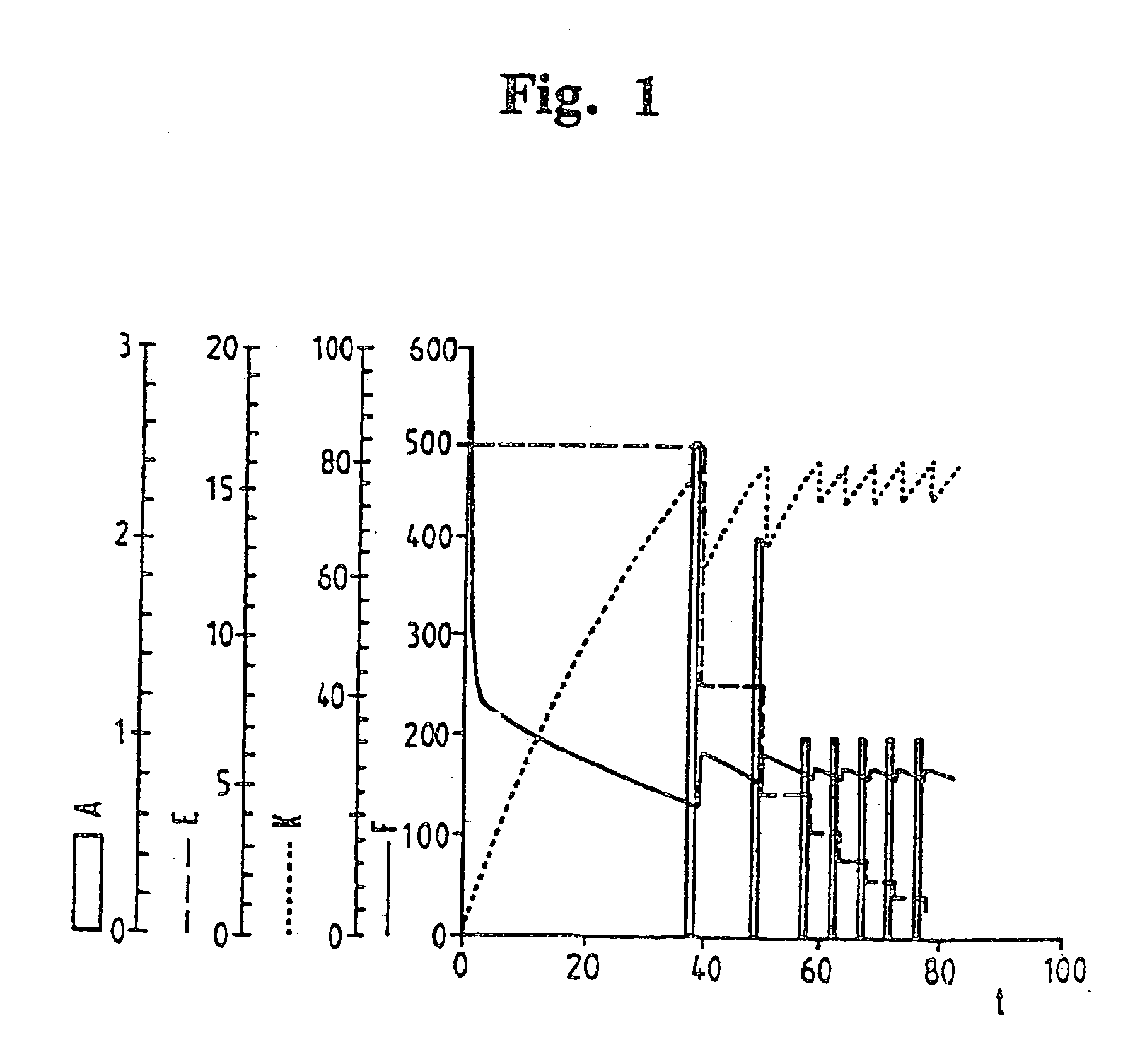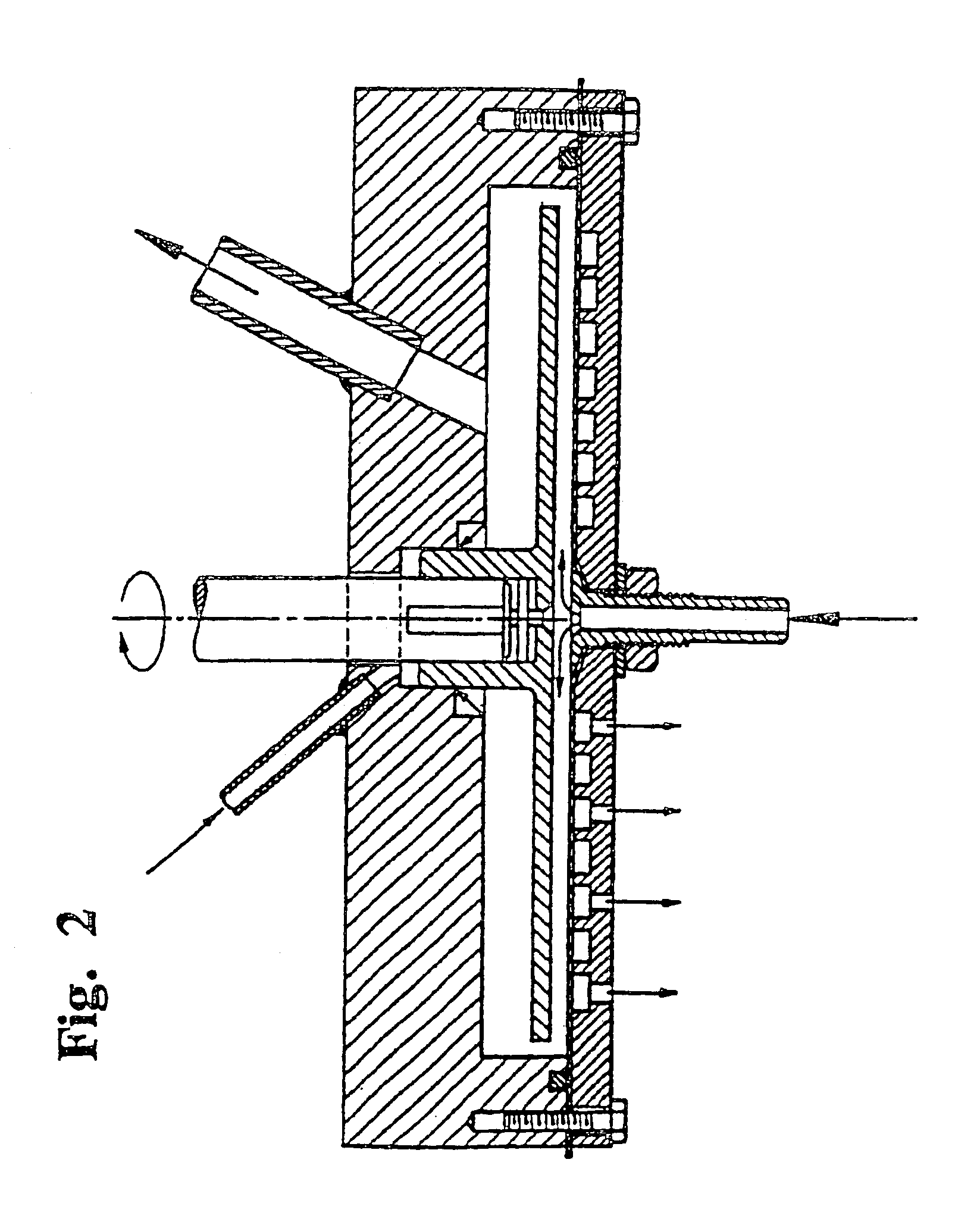Mashing process
a technology of filtration process and mash, which is applied in the field of mash, can solve the problems of limiting the fine parts of the malt grist, not desirable in the brewing process, and preventing the utilization of the filtration process so far
- Summary
- Abstract
- Description
- Claims
- Application Information
AI Technical Summary
Benefits of technology
Problems solved by technology
Method used
Image
Examples
Embodiment Construction
Mashing Process
[0100]The standardized Eyben-mashing process was used for obtaining this data. The temperature grids for the mashes are 45° C., 62° C. and 70° C. for 30 minutes, heating up with 1° C. / min each. Towards the end of the mashing process, the temperature was raised to 78° C. and the mash was separated by means of a dynamic cross-flow filtration system and, for comparison, with conventional lauter tun processes.
Wort-Flow with Dynamic Cross-Flow Filtration Systems
[0101]FIG. 1 gives a typical example for the lautering of mash and edulcorating of the spent grain by dynamic cross-flow filtration. Here, a PTFE membrane with an absolute retention rate of 0.1 μm was used. The average filtrate flows were 180 l / hm2. The results were obtained using a husk-reduced powder grist (all fractions smaller than or equal to 100 μm, size distributions, see Table 3). In the literature (Schuster, Weinfurtner, Narziss (1985)) for typical malt grist according to Table 1 average filtrate flows are ...
PUM
| Property | Measurement | Unit |
|---|---|---|
| grain size | aaaaa | aaaaa |
| grain size | aaaaa | aaaaa |
| particle size distribution | aaaaa | aaaaa |
Abstract
Description
Claims
Application Information
 Login to View More
Login to View More - R&D
- Intellectual Property
- Life Sciences
- Materials
- Tech Scout
- Unparalleled Data Quality
- Higher Quality Content
- 60% Fewer Hallucinations
Browse by: Latest US Patents, China's latest patents, Technical Efficacy Thesaurus, Application Domain, Technology Topic, Popular Technical Reports.
© 2025 PatSnap. All rights reserved.Legal|Privacy policy|Modern Slavery Act Transparency Statement|Sitemap|About US| Contact US: help@patsnap.com



